Xing He
PointSFDA: Source-free Domain Adaptation for Point Cloud Completion
Mar 19, 2025


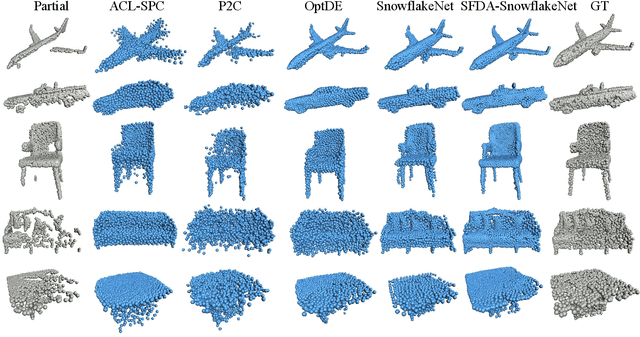
Abstract:Conventional methods for point cloud completion, typically trained on synthetic datasets, face significant challenges when applied to out-of-distribution real-world scans. In this paper, we propose an effective yet simple source-free domain adaptation framework for point cloud completion, termed \textbf{PointSFDA}. Unlike unsupervised domain adaptation that reduces the domain gap by directly leveraging labeled source data, PointSFDA uses only a pretrained source model and unlabeled target data for adaptation, avoiding the need for inaccessible source data in practical scenarios. Being the first source-free domain adaptation architecture for point cloud completion, our method offers two core contributions. First, we introduce a coarse-to-fine distillation solution to explicitly transfer the global geometry knowledge learned from the source dataset. Second, as noise may be introduced due to domain gaps, we propose a self-supervised partial-mask consistency training strategy to learn local geometry information in the target domain. Extensive experiments have validated that our method significantly improves the performance of state-of-the-art networks in cross-domain shape completion. Our code is available at \emph{\textcolor{magenta}{https://github.com/Starak-x/PointSFDA}}.
PointSea: Point Cloud Completion via Self-structure Augmentation
Feb 26, 2025Abstract:Point cloud completion is a fundamental yet not well-solved problem in 3D vision. Current approaches often rely on 3D coordinate information and/or additional data (e.g., images and scanning viewpoints) to fill in missing parts. Unlike these methods, we explore self-structure augmentation and propose PointSea for global-to-local point cloud completion. In the global stage, consider how we inspect a defective region of a physical object, we may observe it from various perspectives for a better understanding. Inspired by this, PointSea augments data representation by leveraging self-projected depth images from multiple views. To reconstruct a compact global shape from the cross-modal input, we incorporate a feature fusion module to fuse features at both intra-view and inter-view levels. In the local stage, to reveal highly detailed structures, we introduce a point generator called the self-structure dual-generator. This generator integrates both learned shape priors and geometric self-similarities for shape refinement. Unlike existing efforts that apply a unified strategy for all points, our dual-path design adapts refinement strategies conditioned on the structural type of each point, addressing the specific incompleteness of each point. Comprehensive experiments on widely-used benchmarks demonstrate that PointSea effectively understands global shapes and generates local details from incomplete input, showing clear improvements over existing methods.
Redefinition of Digital Twin and its Situation Awareness Framework Designing Towards Fourth Paradigm for Energy Internet of Things
Jul 12, 2024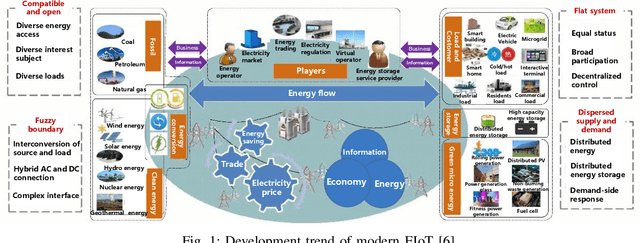

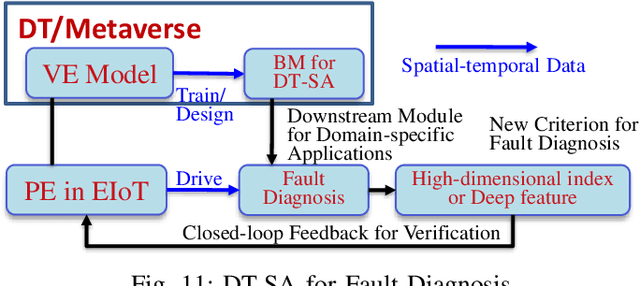
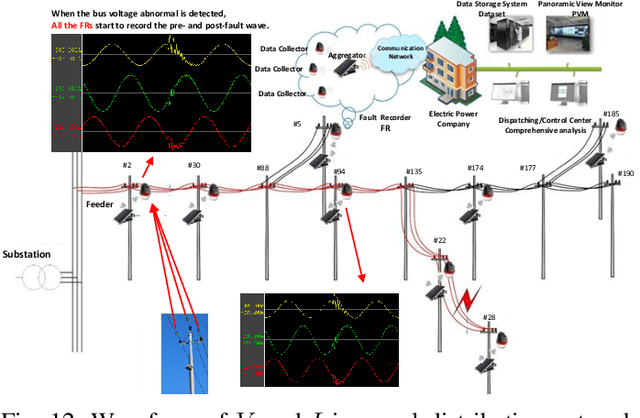
Abstract:Traditional knowledge-based situation awareness (SA) modes struggle to adapt to the escalating complexity of today's Energy Internet of Things (EIoT), necessitating a pivotal paradigm shift. In response, this work introduces a pioneering data-driven SA framework, termed digital twin-based situation awareness (DT-SA), aiming to bridge existing gaps between data and demands, and further to enhance SA capabilities within the complex EIoT landscape. First, we redefine the concept of digital twin (DT) within the EIoT context, aligning it with data-intensive scientific discovery paradigm (the Fourth Paradigm) so as to waken EIoT's sleeping data; this contextual redefinition lays the cornerstone of our DT-SA framework for EIoT. Then, the framework is comprehensively explored through its four fundamental steps: digitalization, simulation, informatization, and intellectualization. These steps initiate a virtual ecosystem conducive to a continuously self-adaptive, self-learning, and self-evolving big model (BM), further contributing to the evolution and effectiveness of DT-SA in engineering. Our framework is characterized by the incorporation of system theory and Fourth Paradigm as guiding ideologies, DT as data engine, and BM as intelligence engine. This unique combination forms the backbone of our approach. This work extends beyond engineering, stepping into the domain of data science -- DT-SA not only enhances management practices for EIoT users/operators, but also propels advancements in pattern analysis and machine intelligence (PAMI) within the intricate fabric of a complex system. Numerous real-world cases validate our DT-SA framework.
SVDFormer: Complementing Point Cloud via Self-view Augmentation and Self-structure Dual-generator
Jul 17, 2023



Abstract:In this paper, we propose a novel network, SVDFormer, to tackle two specific challenges in point cloud completion: understanding faithful global shapes from incomplete point clouds and generating high-accuracy local structures. Current methods either perceive shape patterns using only 3D coordinates or import extra images with well-calibrated intrinsic parameters to guide the geometry estimation of the missing parts. However, these approaches do not always fully leverage the cross-modal self-structures available for accurate and high-quality point cloud completion. To this end, we first design a Self-view Fusion Network that leverages multiple-view depth image information to observe incomplete self-shape and generate a compact global shape. To reveal highly detailed structures, we then introduce a refinement module, called Self-structure Dual-generator, in which we incorporate learned shape priors and geometric self-similarities for producing new points. By perceiving the incompleteness of each point, the dual-path design disentangles refinement strategies conditioned on the structural type of each point. SVDFormer absorbs the wisdom of self-structures, avoiding any additional paired information such as color images with precisely calibrated camera intrinsic parameters. Comprehensive experiments indicate that our method achieves state-of-the-art performance on widely-used benchmarks. Code will be available at https://github.com/czvvd/SVDFormer.
FractalAD: A simple industrial anomaly segmentation method using fractal anomaly generation and backbone knowledge distillation
Jan 30, 2023



Abstract:Although industrial anomaly detection (AD) technology has made significant progress in recent years, generating realistic anomalies and learning priors knowledge of normal remain challenging tasks. In this study, we propose an end-to-end industrial anomaly segmentation method called FractalAD. Training samples are obtained by synthesizing fractal images and patches from normal samples. This fractal anomaly generation method is designed to sample the full morphology of anomalies. Moreover, we designed a backbone knowledge distillation structure to extract prior knowledge contained in normal samples. The differences between a teacher and a student model are converted into anomaly attention using a cosine similarity attention module. The proposed method enables an end-to-end semantic segmentation network to be used for anomaly detection without adding any trainable parameters to the backbone and segmentation head. The results of ablation studies confirmed the effectiveness of fractal anomaly generation and backbone knowledge distillation. The results of performance experiments showed that FractalAD achieved competitive results on the MVTec AD dataset compared with other state-of-the-art anomaly detection methods.
Xiaoicesing 2: A High-Fidelity Singing Voice Synthesizer Based on Generative Adversarial Network
Oct 28, 2022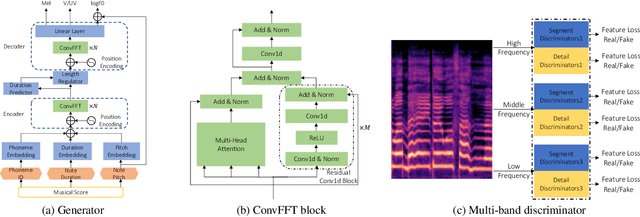
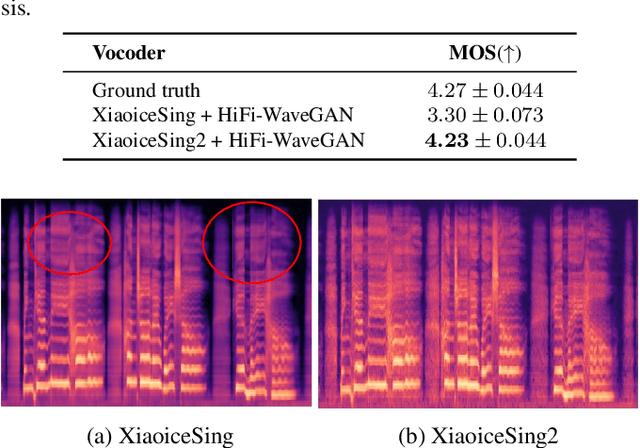
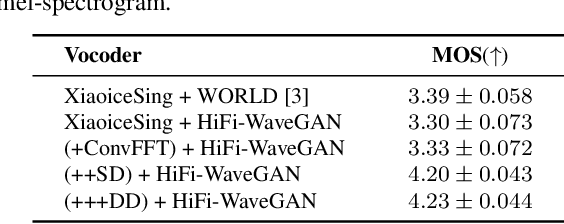
Abstract:XiaoiceSing is a singing voice synthesis (SVS) system that aims at generating 48kHz singing voices. However, the mel-spectrogram generated by it is over-smoothing in middle- and high-frequency areas due to no special design for modeling the details of these parts. In this paper, we propose XiaoiceSing2, which can generate the details of middle- and high-frequency parts to better construct the full-band mel-spectrogram. Specifically, in order to alleviate this problem, XiaoiceSing2 adopts a generative adversarial network (GAN), which consists of a FastSpeech-based generator and a multi-band discriminator. We improve the feed-forward Transformer (FFT) block by adding multiple residual convolutional blocks in parallel with the self-attention block to balance the local and global features. The multi-band discriminator contains three sub-discriminators responsible for low-, middle-, and high-frequency parts of the mel-spectrogram, respectively. Each sub-discriminator is composed of several segment discriminators (SD) and detail discriminators (DD) to distinguish the audio from different aspects. The experiment on our internal 48kHz singing voice dataset shows XiaoiceSing2 significantly improves the quality of the singing voice over XiaoiceSing.
HiFi-WaveGAN: Generative Adversarial Network with Auxiliary Spectrogram-Phase Loss for High-Fidelity Singing Voice Generation
Oct 26, 2022Abstract:Entertainment-oriented singing voice synthesis (SVS) requires a vocoder to generate high-fidelity (e.g. 48kHz) audio. However, most text-to-speech (TTS) vocoders cannot work well in this scenario even if the neural vocoder for TTS has achieved significant progress. In this paper, we propose HiFi-WaveGAN which is designed for synthesizing the 48kHz high-quality singing voices from the full-band mel-spectrogram in real-time. Specifically, it consists of a generator improved from WaveNet, a multi-period discriminator same to HiFiGAN, and a multi-resolution spectrogram discriminator borrowed from UnivNet. To better reconstruct the high-frequency part from the full-band mel-spectrogram, we design a novel auxiliary spectrogram-phase loss to train the neural network, which can also accelerate the training process. The experimental result shows that our proposed HiFi-WaveGAN significantly outperforms other neural vocoders such as Parallel WaveGAN (PWG) and HiFiGAN in the mean opinion score (MOS) metric for the 48kHz SVS task. And a comparative study of HiFi-WaveGAN with/without phase loss term proves that phase loss indeed improves the training speed. Besides, we also compare the spectrogram generated by our HiFi-WaveGAN and PWG, which shows our HiFi-WaveGAN has a more powerful ability to model the high-frequency parts.
Discriminative-Generative Representation Learning for One-Class Anomaly Detection
Jul 27, 2021
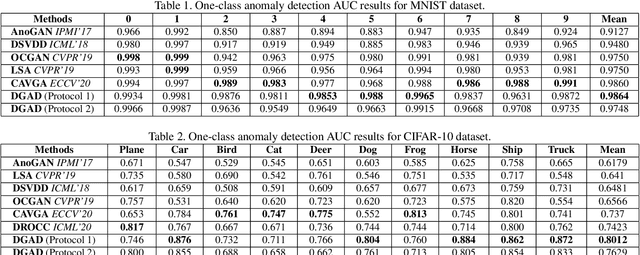
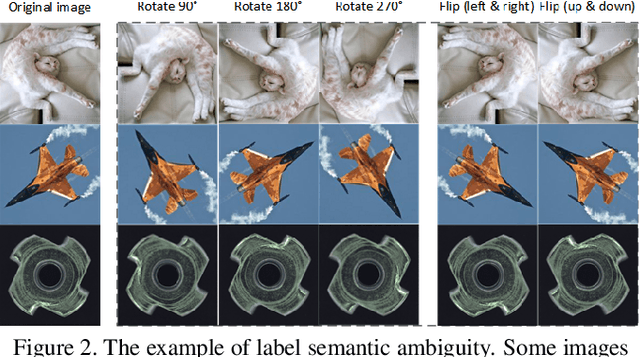

Abstract:As a kind of generative self-supervised learning methods, generative adversarial nets have been widely studied in the field of anomaly detection. However, the representation learning ability of the generator is limited since it pays too much attention to pixel-level details, and generator is difficult to learn abstract semantic representations from label prediction pretext tasks as effective as discriminator. In order to improve the representation learning ability of generator, we propose a self-supervised learning framework combining generative methods and discriminative methods. The generator no longer learns representation by reconstruction error, but the guidance of discriminator, and could benefit from pretext tasks designed for discriminative methods. Our discriminative-generative representation learning method has performance close to discriminative methods and has a great advantage in speed. Our method used in one-class anomaly detection task significantly outperforms several state-of-the-arts on multiple benchmark data sets, increases the performance of the top-performing GAN-based baseline by 6% on CIFAR-10 and 2% on MVTAD.
An Accurate and Real-time Self-blast Glass Insulator Location Method Based On Faster R-CNN and U-net with Aerial Images
Jan 16, 2018
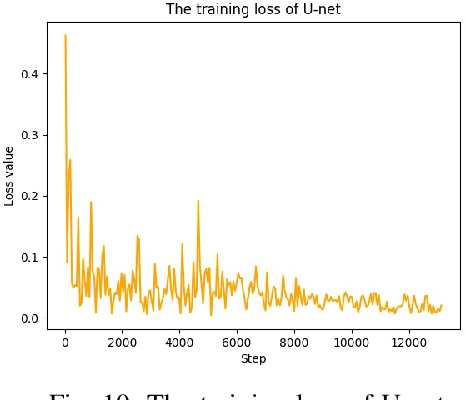
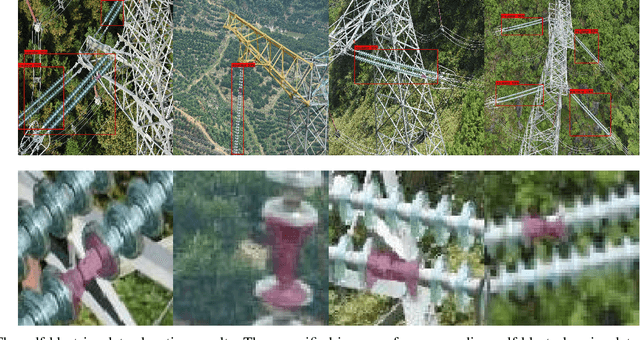
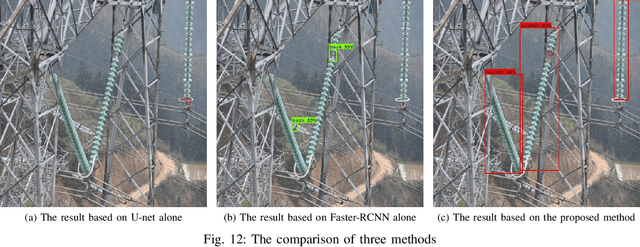
Abstract:The location of broken insulators in aerial images is a challenging task. This paper, focusing on the self-blast glass insulator, proposes a deep learning solution. We address the broken insulators location problem as a low signal-noise-ratio image location framework with two modules: 1) object detection based on Fast R-CNN, and 2) classification of pixels based on U-net. A diverse aerial image set of some grid in China is tested to validated the proposed approach. Furthermore, a comparison is made among different methods and the result shows that our approach is accurate and real-time.
A Random Matrix Theoretical Approach to Early Event Detection in Smart Grid
Sep 15, 2015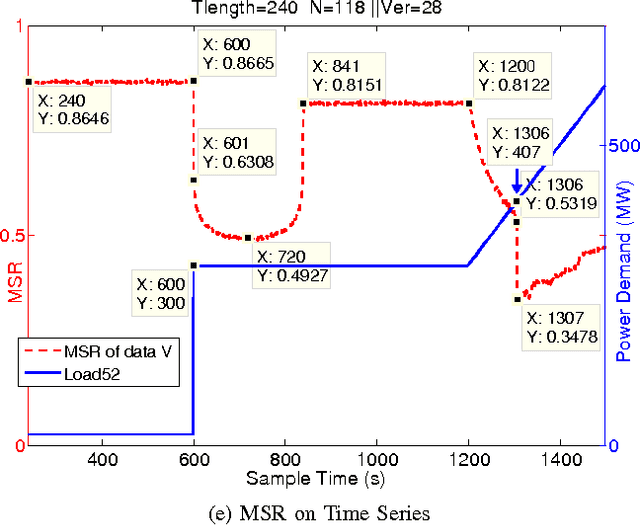
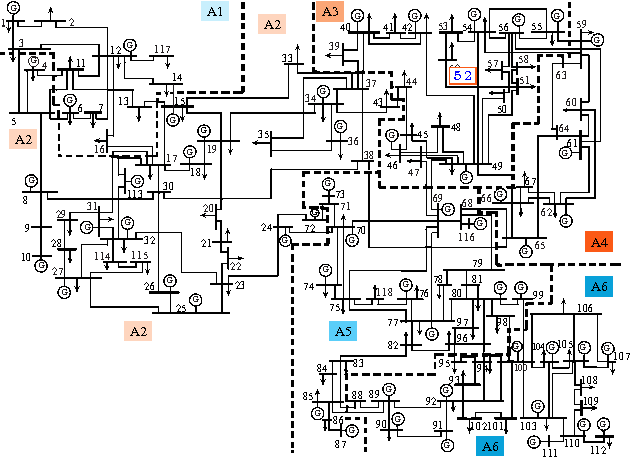
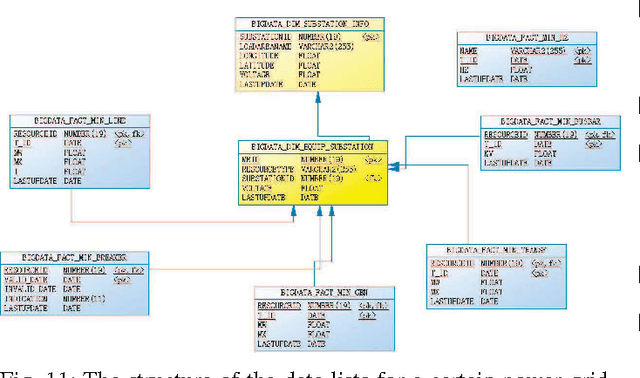
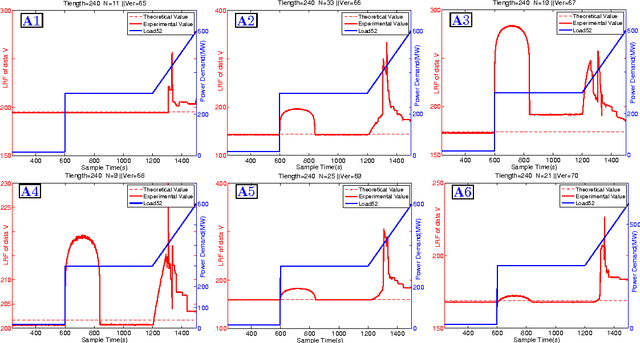
Abstract:Power systems are developing very fast nowadays, both in size and in complexity; this situation is a challenge for Early Event Detection (EED). This paper proposes a data- driven unsupervised learning method to handle this challenge. Specifically, the random matrix theories (RMTs) are introduced as the statistical foundations for random matrix models (RMMs); based on the RMMs, linear eigenvalue statistics (LESs) are defined via the test functions as the system indicators. By comparing the values of the LES between the experimental and the theoretical ones, the anomaly detection is conducted. Furthermore, we develop 3D power-map to visualize the LES; it provides a robust auxiliary decision-making mechanism to the operators. In this sense, the proposed method conducts EED with a pure statistical procedure, requiring no knowledge of system topologies, unit operation/control models, etc. The LES, as a key ingredient during this procedure, is a high dimensional indictor derived directly from raw data. As an unsupervised learning indicator, the LES is much more sensitive than the low dimensional indictors obtained from supervised learning. With the statistical procedure, the proposed method is universal and fast; moreover, it is robust against traditional EED challenges (such as error accumulations, spurious correlations, and even bad data in core area). Case studies, with both simulated data and real ones, validate the proposed method. To manage large-scale distributed systems, data fusion is mentioned as another data processing ingredient.
 Add to Chrome
Add to Chrome Add to Firefox
Add to Firefox Add to Edge
Add to Edge